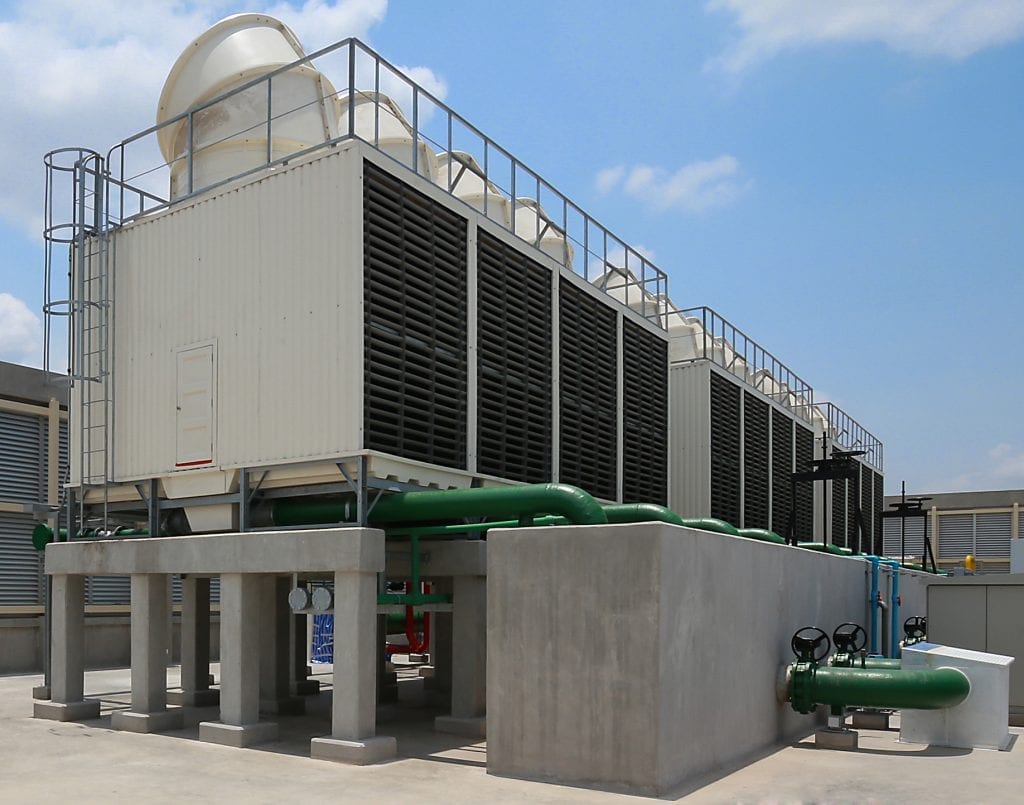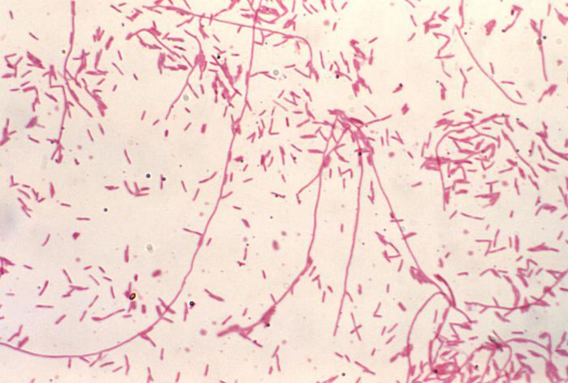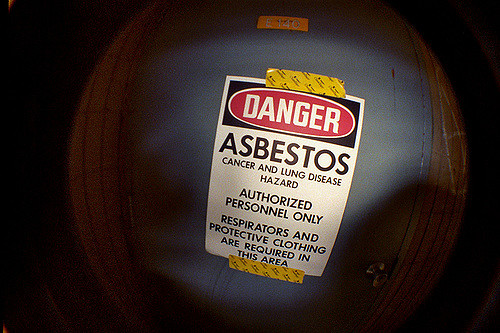Since the year 2000, cases of Legionnaire’s disease have risen by a stunning 286 percent. A report released by the CDC reveals one major culprit: Cooling towers. Out of 196 cooling towers tested by the CDC, 164–a whopping 84%–contained evidence that they either currently or had previously hosted the bacteria responsible for Legionnaire’s disease. More than forty percent of them hosted a current infection.
Legionnaire’s disease is contracted when a person inhales water droplets that are infected with legionella bacteria. Some victims suffer only a mild respiratory illness, while others may be hospitalized and some, especially the elderly and those with compromised immune systems, may die.
How Cooling Towers Spread Legionnaire’s
Cooling towers are an integral part of the HVAC system for many commercial buildings. They’re an environmentally friendly way to remove heat from the building, thus assisting in keeping it cool and comfortable. They work by using water to absorb heat from the building and then releasing it into the atmosphere through evaporation.
Unfortunately, the warm temperature of the water in a cooling tower provides an ideal environment for the growth of legionella bacteria. Legionella are present throughout the natural environment, including soil, lakes, and rivers. Normally, they exist in small enough quantities that they do not cause problems. However, in the comfortable 95-110 degree water in many cooling towers, the bacteria thrives among sediment and scale, and easily builds to dangerous levels.
Meanwhile, cooling towers often use fans and other methods to improve evaporation of the infected water. This can cause liquid droplets to enter the atmosphere. Once in the air, the water droplets are free to blow around and then return to the ground as an often-undetectable mist. When people breathe the mist in, they risk contracting the disease.
What Property Managers and Owners Can Do
The first step in making sure your building doesn’t cause one of this summer’s Legionnaire’s Disease outbreaks, is to make yourself aware of where your cooling towers are, and ensure that they are cleaned and maintained. Well-maintained cooling towers are less likely to harbor large colonies of legionella, due to the absence of sediment and other organic material for it to grow on.
While you’re at it, it’s a good idea to have someone draw up a schematic of all your building’s water systems. While cooling towers are a prime culprit, they are not the only water system that can harbor legionella and cause outbreaks. With a schematic of your water systems, you can introduce a rigorous maintenance schedule to ensure possible host areas are less hospitable to the legionella bacteria.
Sampling and testing of water from multiple locations on your property is a good idea, especially during the summer when Legionnaire’s Disease is most likely to break out. You should also ensure that your cooling towers and other water systems are fitted with proper mist-elimination technology, to reduce the likelihood of releasing infected water into the atmosphere.
When legionella are detected, the water can be treated with biocides to kill the bacteria, and then cleaned and maintained thoroughly to reduce the likelihood of a return infection.
To help you better protect your water systems, we’ve provided a more thorough guide to Legionnaire’s prevention here. If you’d like expert assistance in assessing and protecting your building, please feel free to contact our professionals.






